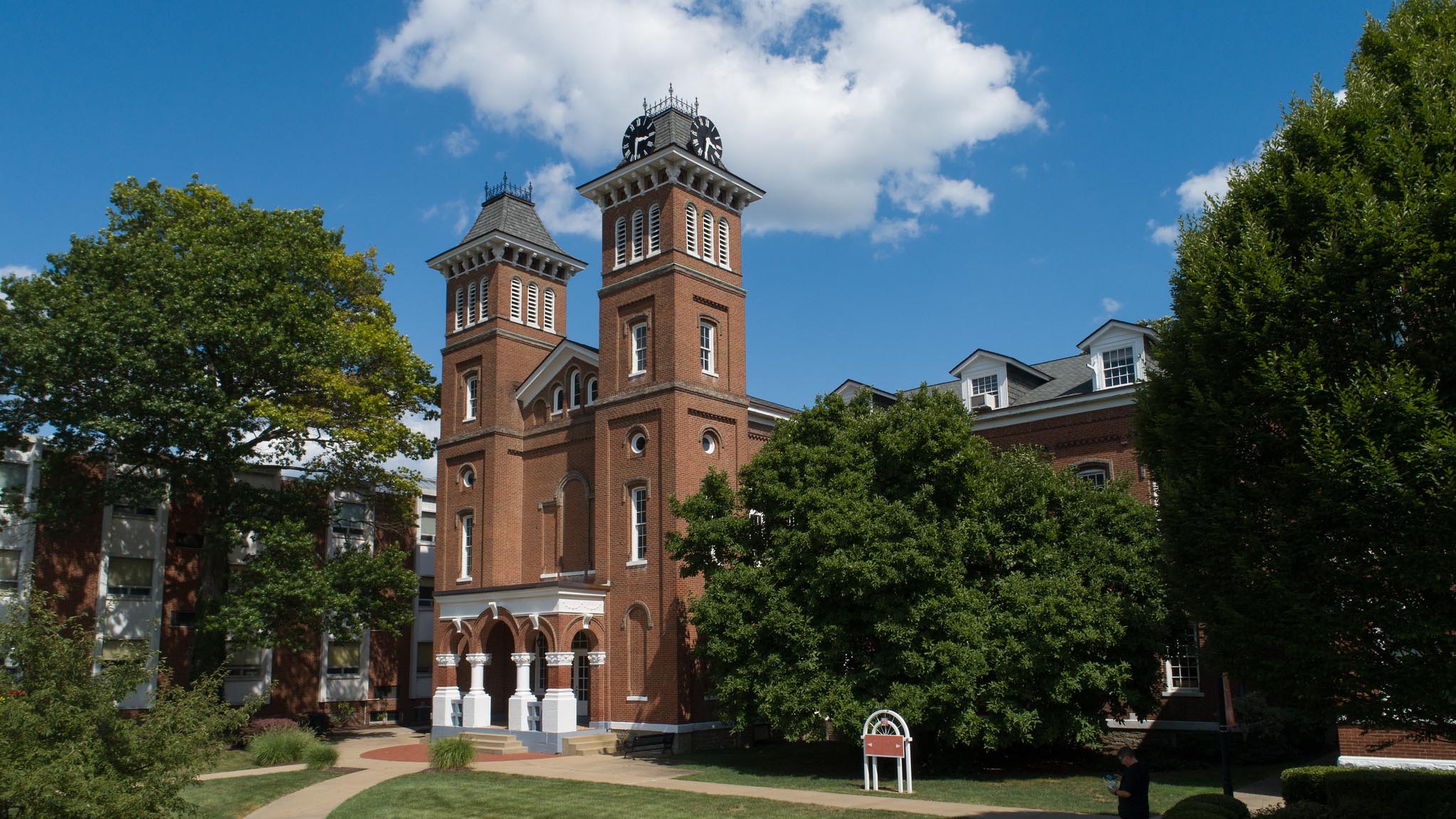The reorganization reduces administrative costs and trims the number of academic departments.

California University of Pennsylvania has announced a transformative change in its academic organization – a realignment that will streamline academic operations, provide greater consistency to the student experience, expand teaching opportunities for permanent faculty, and make a significant contribution to Cal U’s long-term financial sustainability.
Dr. Bruce Barnhart, provost and senior vice president for Academic Affairs, has informed the Cal U community that beginning June 8, the University will:
- Consolidate its three undergraduate colleges to form the College of Education and Liberal Arts, and the Eberly College of Science and Technology. Each college will be led by a dean and an assistant dean.
- Reorganize and consolidate academic departments, reducing the total from 22 to 11. Combining certain departments allows Cal U to strategically align accreditations – recognition that academic programs meet standards of excellence – and to pair academic programs and faculty that can collaborate and share qualifications.
- Realize savings in excess of $700,000 per year by reducing personnel costs and related expenses. This ongoing cost reduction is an essential component of Cal U’s plan to assure its future by achieving financial sustainability within two years, as required by Pennsylvania’s State System of Higher Education.
The new College of Education and Liberal Arts will consist of the departments of Education, Health and Human Service Professions, Humanities, Letters, and Social Sciences. The federally funded TRIO program is housed in this College as well.
The Eberly College of Science and Technology will house the departments of Biology, Geology and Environmental Sciences; Business, Economics and Enterprise Sciences; Computer Science, Information Systems and Engineering Technology; Exercise Science and Sport Studies; Mathematics and Physical Sciences; and Nursing and Health Sciences.
The School of Graduate Studies and Research will remain unchanged.
View a list of academic departments and programs by college.
“Our University is resilient and determined to succeed, even in challenging times,” Barnhart said.
“This academic realignment demonstrates Cal U’s strength, adaptability and commitment. I sincerely thank all those who contributed to this plan, and I call on our Cal U community to implement these changes with optimism and resolve.
“Together, we are securing a stronger, brighter future for Cal U.”
Streamlined operations
Led by Barnhart and undergraduate deans Dr. Brenda Fredette and Dr. Kristen Majocha, the reorganization plan was developed in consultation with faculty and union leaders, as well as University administrators.
It allows Cal U to remain a comprehensive, multi-faceted University – a benefit to students – while streamlining administrative operations and reducing personnel costs.
The reorganization will not affect students’ progress toward graduation, Barnhart assured. Some academic programs will be housed within a different college or academic department, but course content and quality, program accreditation and graduation requirements will not be affected.
Students will benefit because more courses will be taught by permanent faculty instead of temporary instructors, he added.
Sustainable Solution
As a State System university, Cal U is required to create a plan for achieving financial sustainability within two years. Reorganization contributes to that plan by reducing costs without affecting the quality of academic programs, Barnhart emphasized.
“Throughout its history, California University has embraced change in order to thrive,” he said.
“I credit deans Fredette and Majocha for their innovative thinking. The retirement of Dr. Kevin Koury, the longtime dean of the College of Education and Human Services, made this an ideal moment to reimagine our University’s academic structure.
“This new model is a long-term solution that achieves significant savings while prioritizing what matters most – our Cal U students and their academic experience.”
